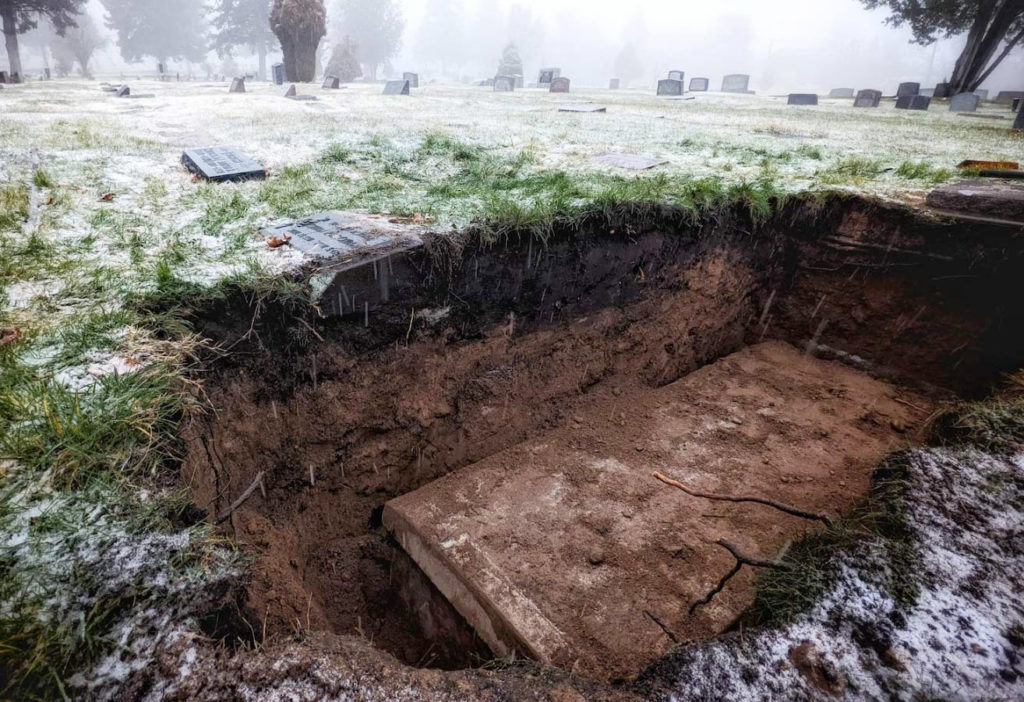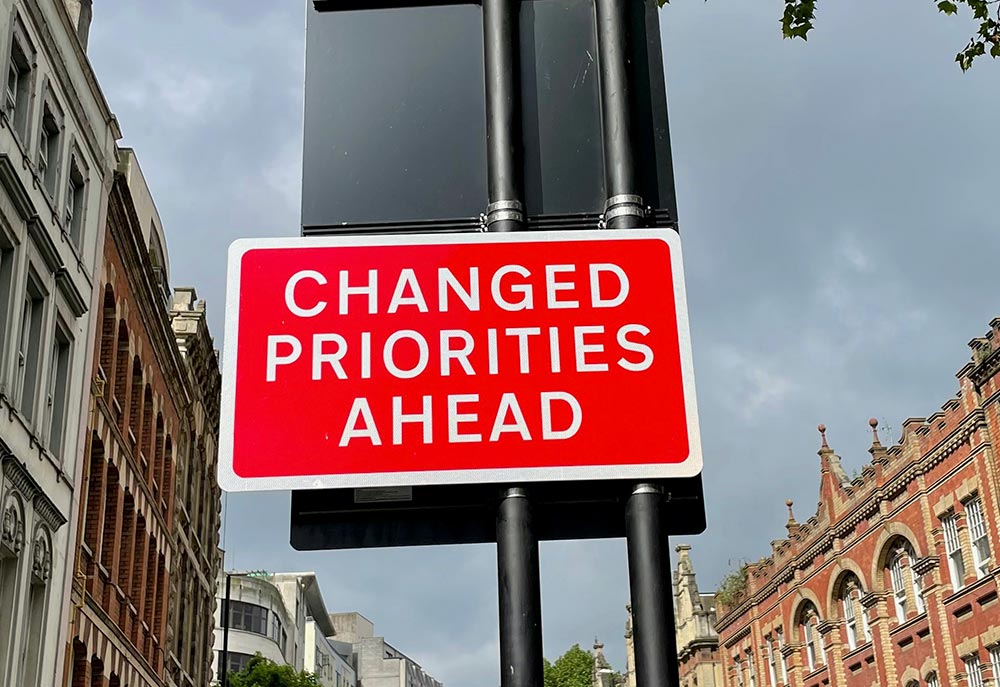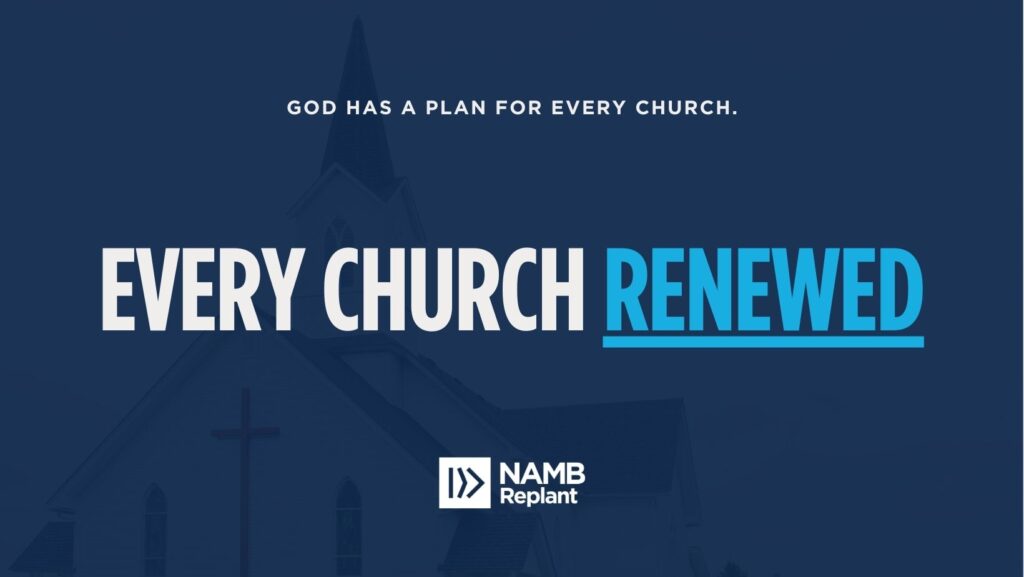Many years ago, I was called by God and His congregation in Monterey Park, California, to pastor our struggling church there. Just a few years before, UCLA had done a study on dramatic transitional communities, in which one majority ethnicity was replaced by another in short periods of time. Monterey Park topped that list. In 20 years, it had gone from majority Anglo to majority Hispanic to majority Cantonese Chinese. The church, while helping start a separate Chinese church, had remained Anglo. It was an island in an ocean of change.
As we arrived, our observation was the church had become an escape for many who attended. It was a place where the people felt safe and unthreatened by the changes all around them. My wife and I focused on why they felt that way.
We learned that the change in the community’s makeup left them with an identity crisis. This was not the Monterey Park they had grown up in, knew and loved. Everywhere they looked, they saw unfamiliar things, often in another language. It was disconcerting, to say the least. This affected their self-esteem as a congregation. Insecurity and doubt had settled in, to the degree that the members were embarrassed or ashamed to invite others to join the church. There were reasons for this, including the inability or desire to connect with their neighbors and the discomfort with what those neighbors would find in the church experience and whether they would be accepted by those already there. This left most of the church unwilling to invite others to be a part.
There were deeper reasons as well. Most of the church had forgotten the founding vision of the church, to reach out with the gospel to the lost and unreached people of the community. They had begun to think the church existed exclusively for their needs and concerns. Others felt that if we just updated our “street sign” and rang the church bell again (yes, it still had a bell), people would be attracted to the church and that would be enough to bring them in. Mostly, though, they had lost their first love; they had forgotten to focus their attention and heart on loving God first and their neighbors as themselves. It was a heart issue.
Over the next few years, we loved the people and worked with them to engage the community again in a fresh new way. Attendance doubled and baptisms once more became a consistent part of the church service. Outreach was changing the church, and the church family became more multi-ethnic, while still speaking English in its services. The community recognized its existence again, and even the mayor came and celebrated with us! It was a remarkable turnaround.
How did this happen? How did we get the church to re-engage the community around us? Well, there are many ways to do this and each needs to be contextual for a church’s location, but here is what we did:
1. We focused on falling in love with Jesus again
First, and most importantly, we spent time reflecting on our salvation and His work in our life, individually and collectively. We celebrated with times of prayer, focused renewal experiences and celebrations full of gratitude. For us, our hearts were the key to the entire process.
2. We celebrated the legacy of the church
We told the stories of our heroic predecessors who had founded the church and helped make it what it had been. We talked about not just their actions, but their passions and motivations. This renewed a “can do” spirit in our hearts and challenged us to be bold in reaching out.
3. We moved ministry outside the church building.
We knew we had to move outside the building to truly engage the community. However, we did it one step at a time. VBS became an event we held on the church lawn, as well as inside the building. We had community cookouts in our parking lot. We did joint events with our daughter Chinese church next door. These easy steps helped stretch us to engage our neighbors on the block where we were located and even start Spanish ministries to reach some of those neighbors (and it did!).
4. We taught our people to be missionaries
Eventually, we sent a couple from our congregation to the international mission field. But that experience, and the concerns of our city, revealed our own need to be on mission in our community. The change in perspective, the intentionality in our living, the joy we showed and the gospel we shared: These ultimately made the difference.
Your church doesn’t have to die. Your presence is evidence God put it there, and that your address is not an accident. Circumstances should never dictate your potential or the outcome; only God should do that – and with Him, nothing is impossible (Luke 1:37).
Published February 14, 2023



